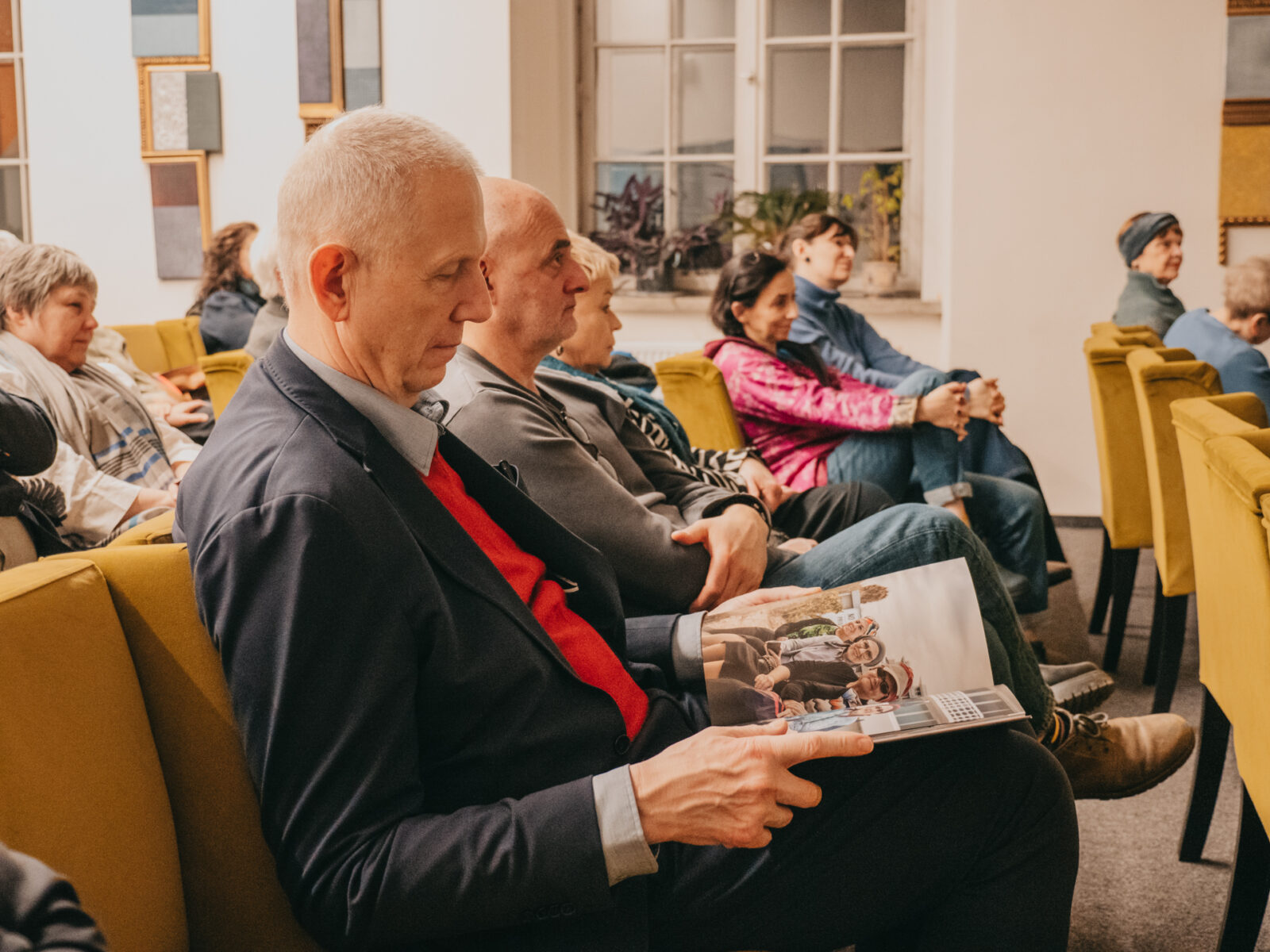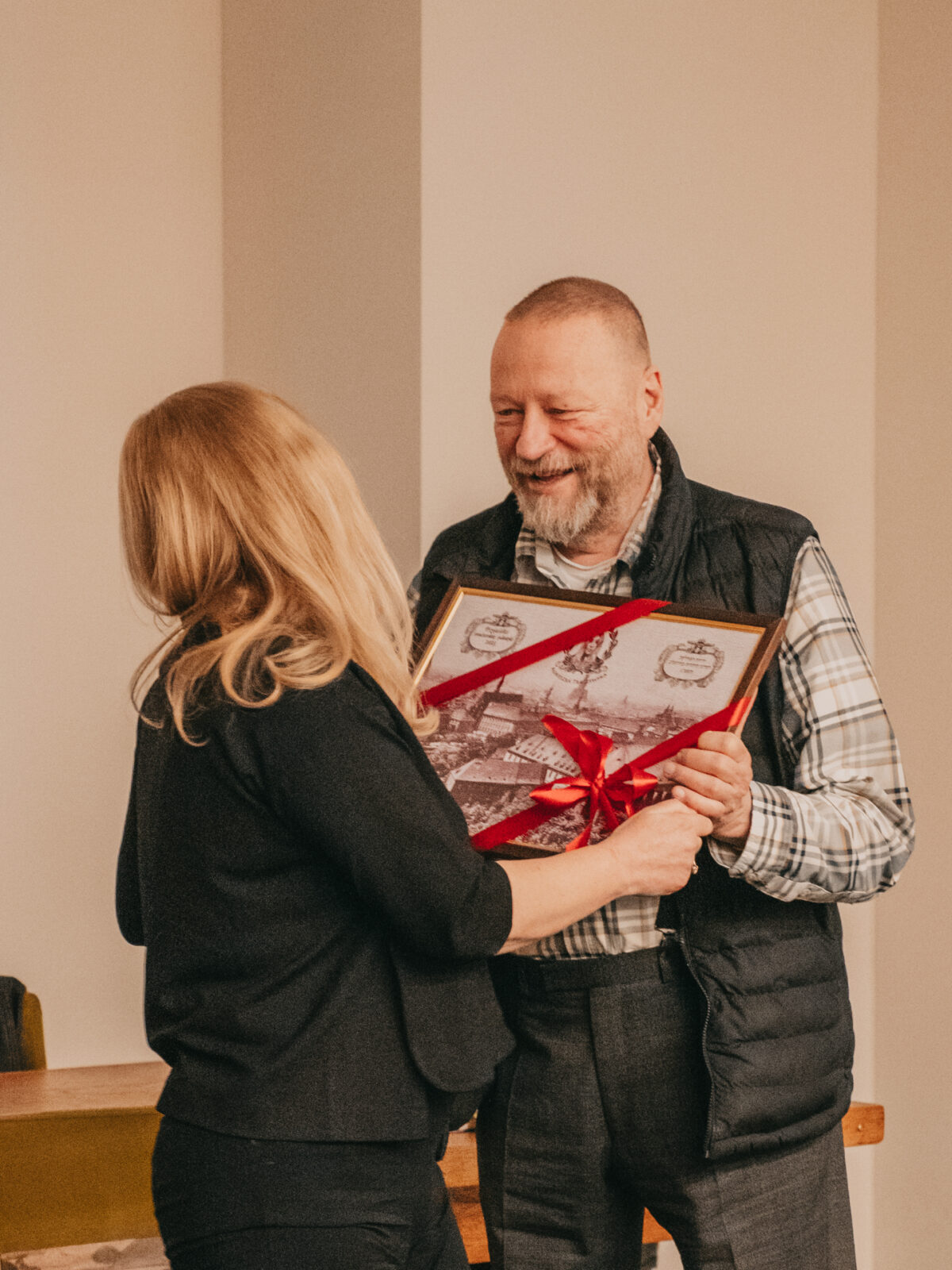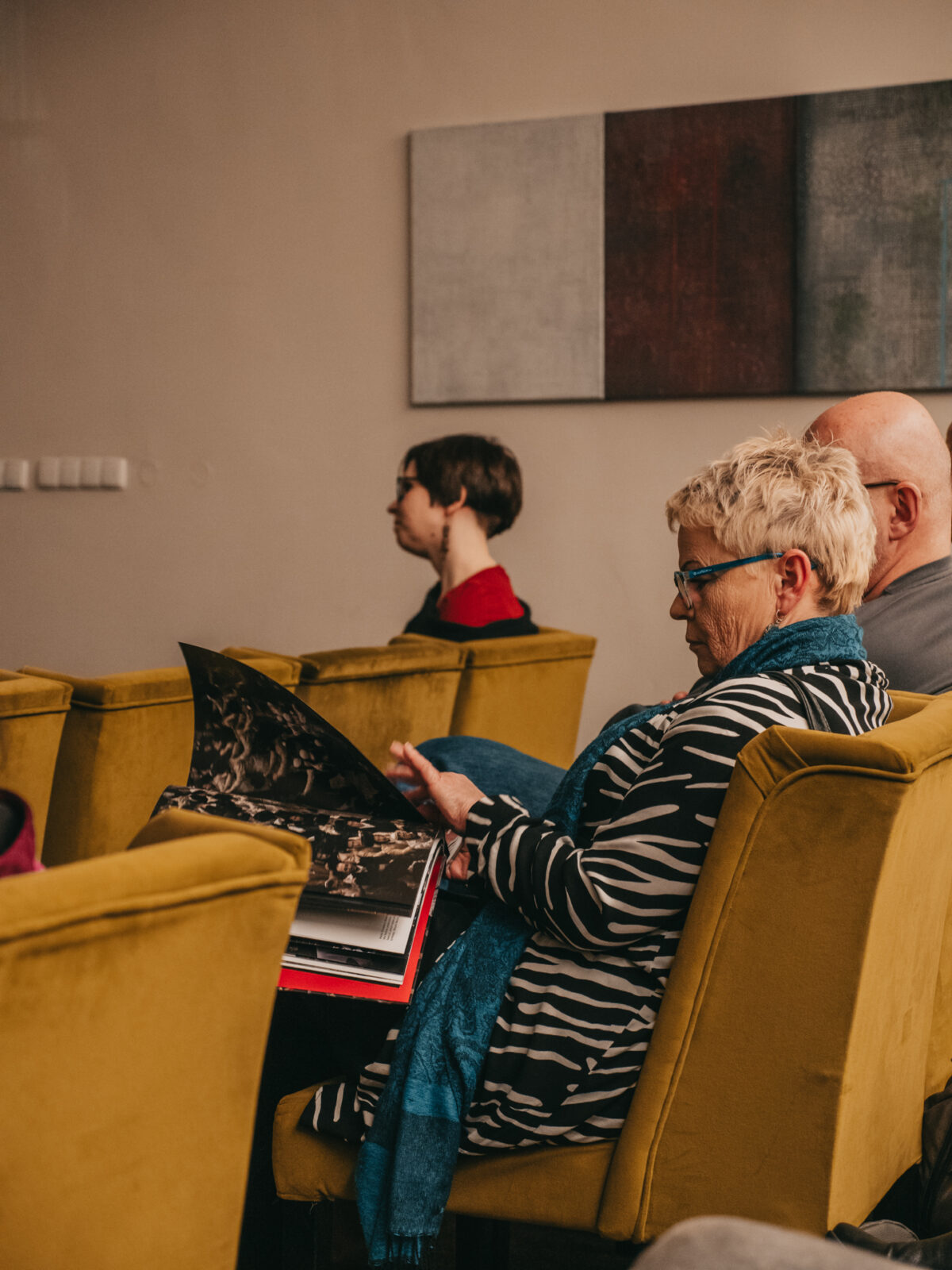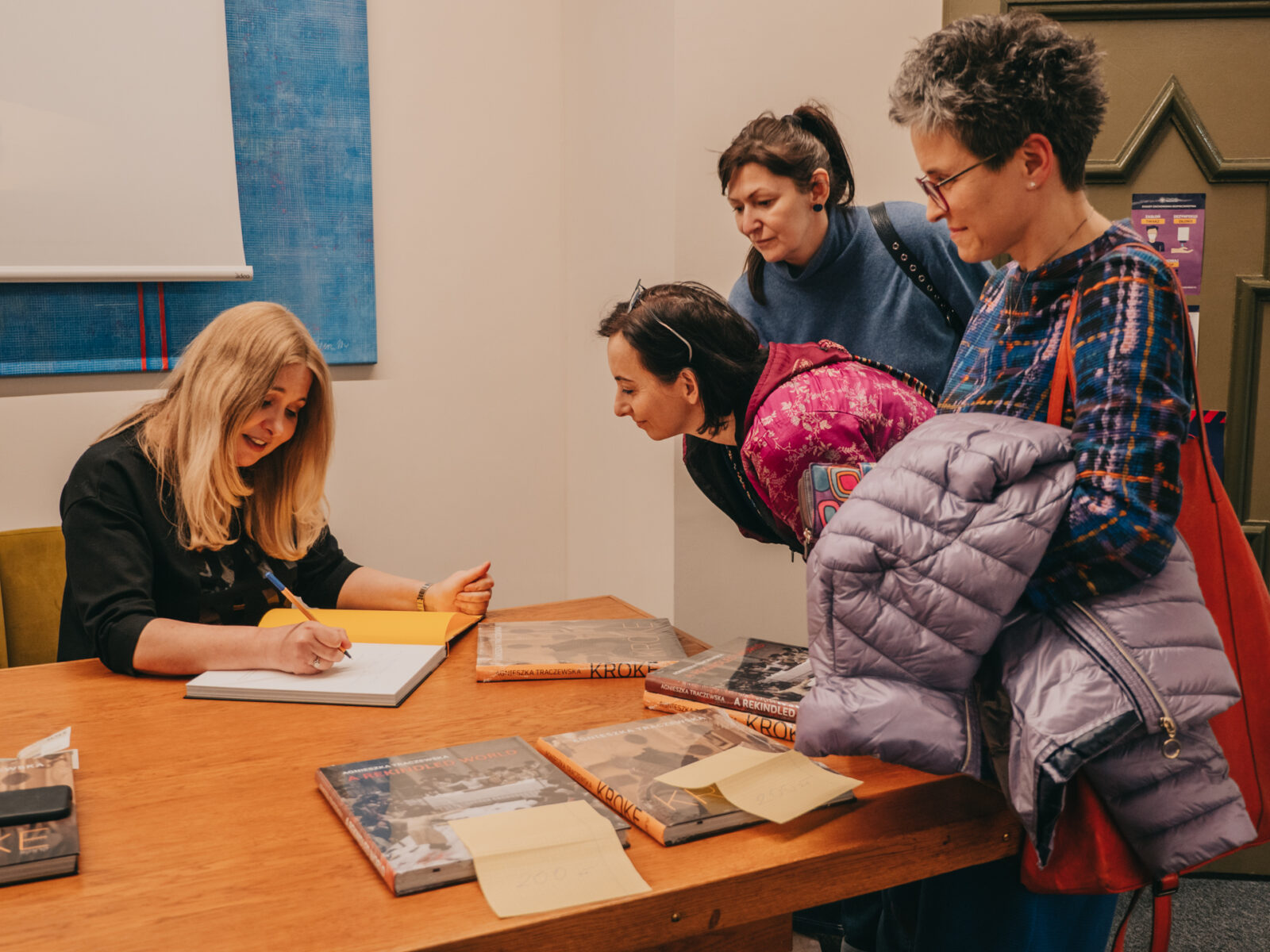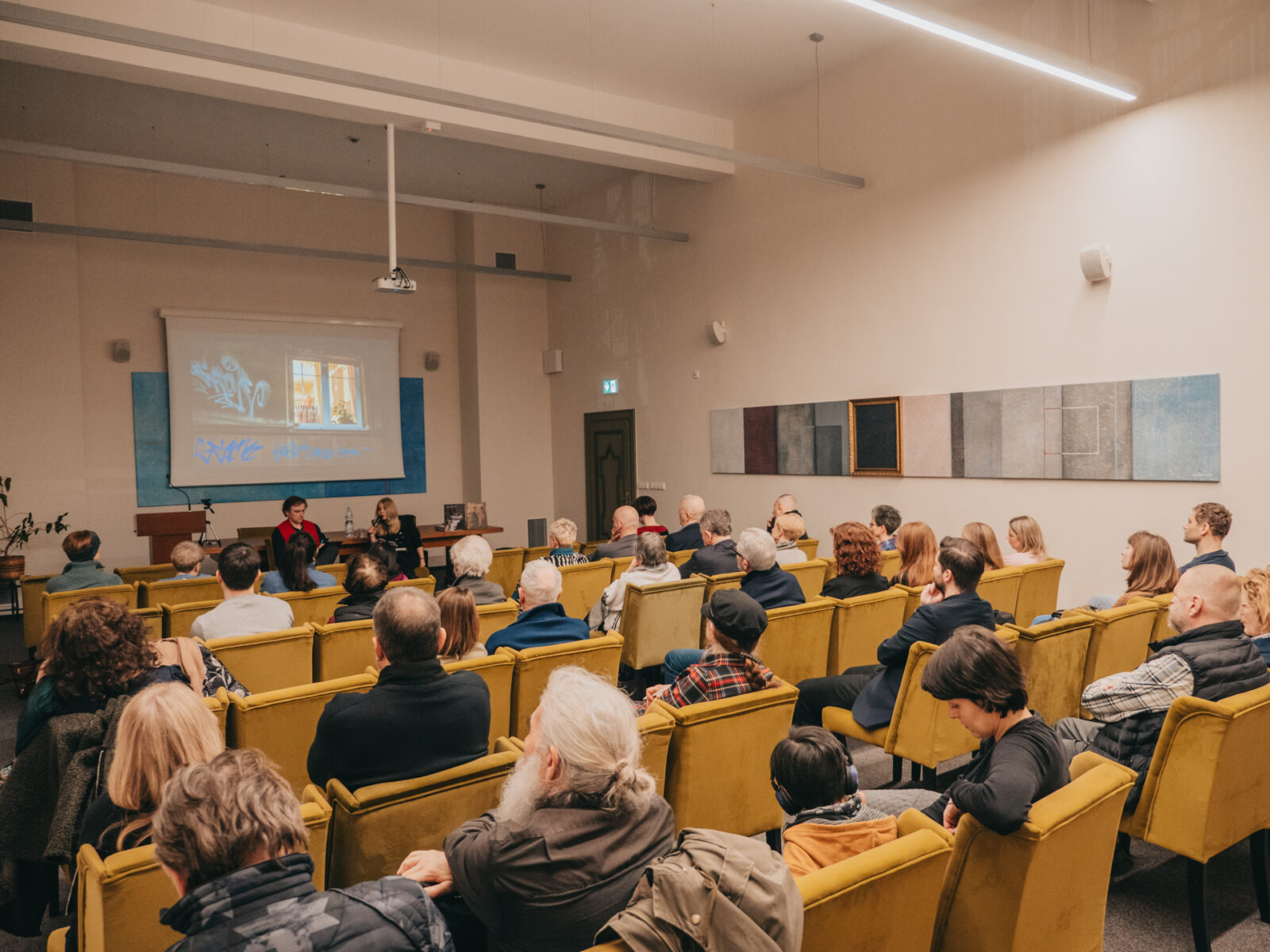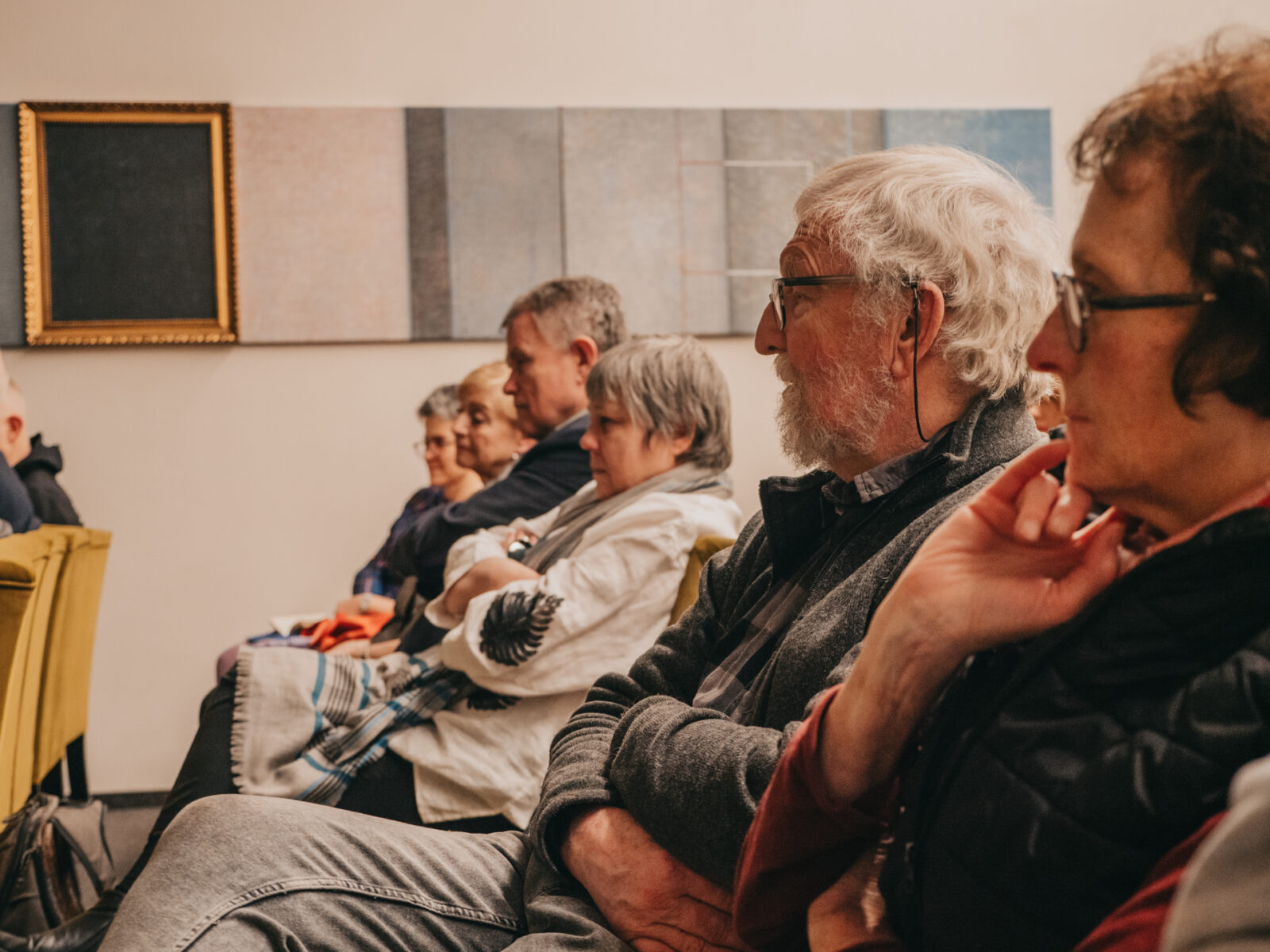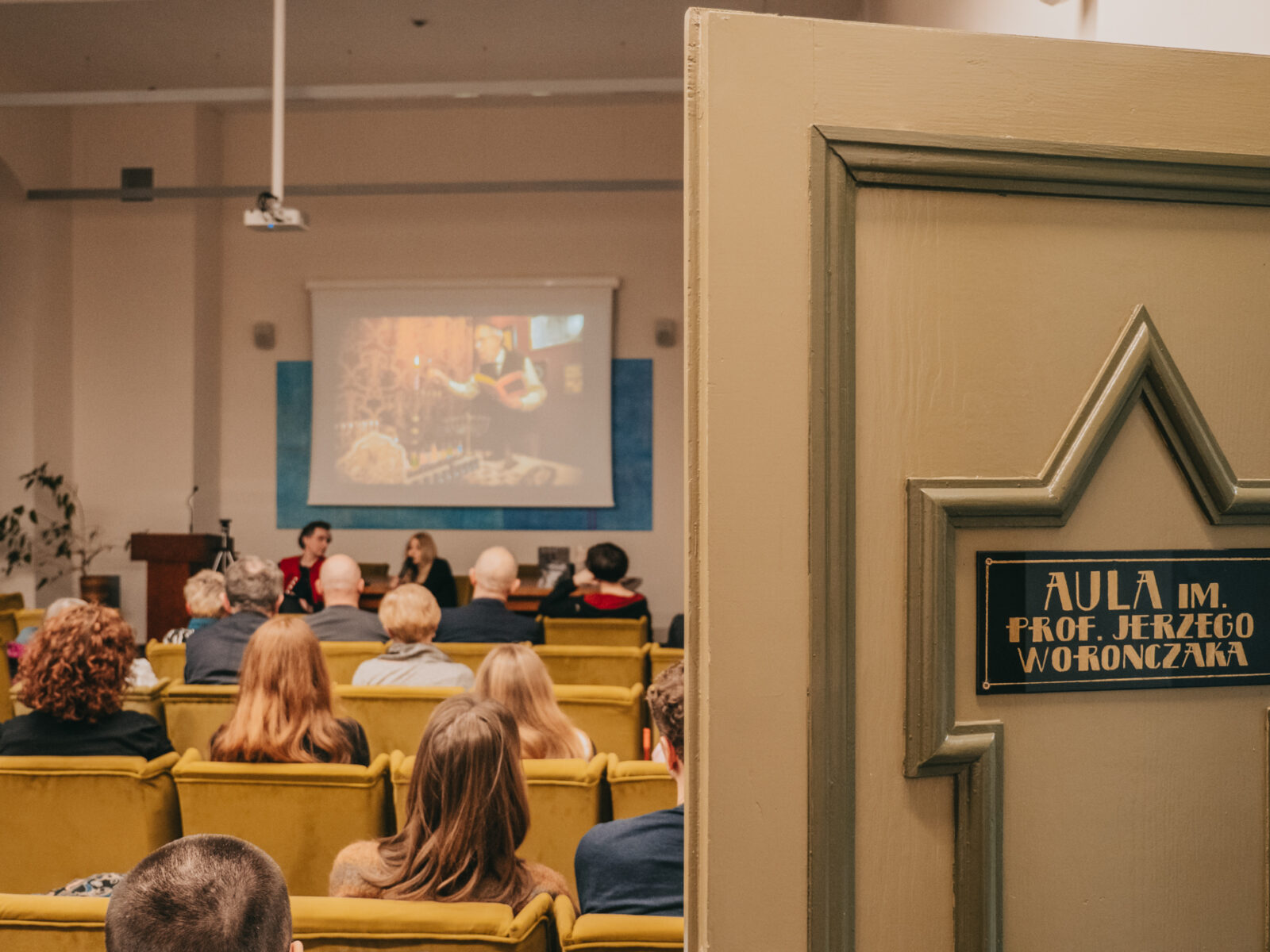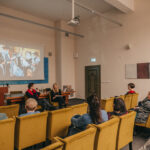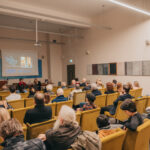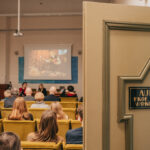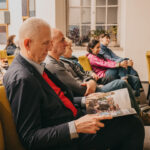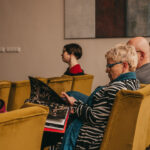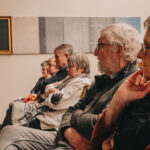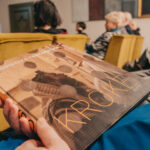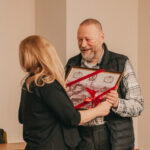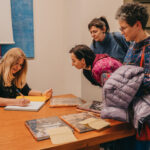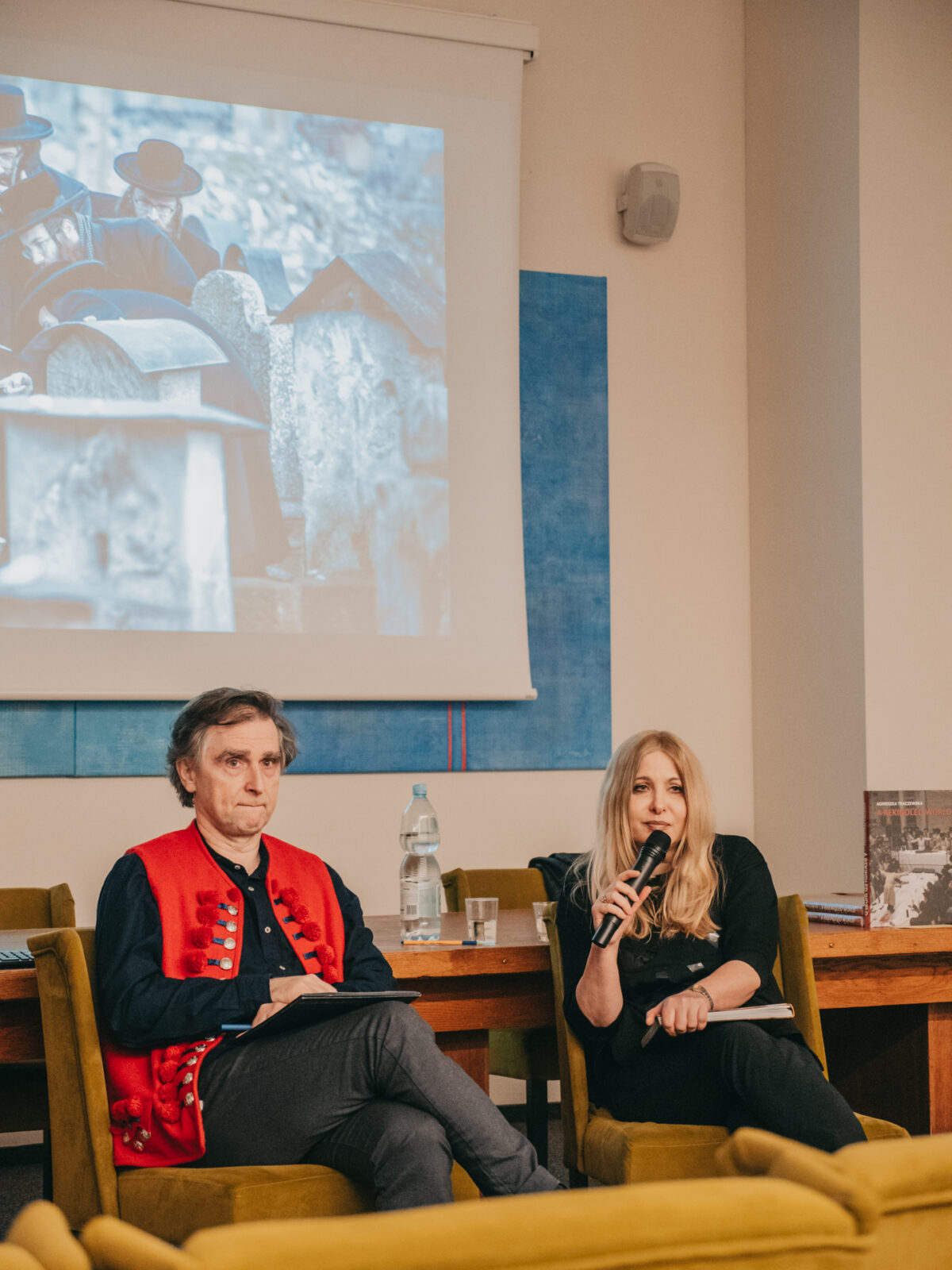
Kroke. Orthodox Jews in Cracow
On 22 February at the Taube Department of Jewish Studies of the University of Wrocław, a promotional event for photographer Agnieszka Traczewska’s new book “Kroke. Ortodoksyjni Żydzi w Krakowie” [Kroke. Orthodox Jews in Cracow] took place. The meeting was conducted by prof. Marcin Wodziński.
Agnieszka Traczewska’s album showcases the orthodox life of Jews from her hometown. During the meeting, the author spoke about the life of Cracow’s Jewish community:
“I think there was one moment in my observation of the world that showcased how small the Jewish community is in the most dramatic way possible. Of course, it was the time of the pandemic, because Cracow, due to its significance to the history and tradition of Ashkenazi Jews, is constantly visited by the descendants – mostly of Eastern European Jews, who, by the way, are very often on their way somewhere, some kind of journey, either a sentimental one or to some kind of origin; of a specific Hasidic dynasty, for instance. During that journey, Cracow is usually the central point, the beginning, or the end – a point that is essential. From my own experience, what I see in Cracow does not resemble any Orthodox or ultra-Orthodox community that I know from any other place in the world. Why? Because, first of all, with World War II, generational continuity was completely broken. Secondly, the people I meet who come to the synagogue are most often not Cracow Jews in terms of, for instance, their family history. They are people who came to Cracow at some point in their lives, either because of their parents, who came from the east, or they are entirely modern people – for instance, Israelis who work in Cracow and who, for a time, co-create the community; this led me to risk calling this community an initial one, a hybrid one – meaning a circle of people who actually create incompatible parts. They are of different origin, they have different life stories – there is no homogeneity that is very often prevalent in such historic communities. Here, everybody brings a story of their own. By the way, these stores are very interesting and interlocked with history, sometimes very dramatic. Each person is a different narrative.”
During the meeting, Agnieszka Traczewska talked about the characteristics of photographing a Jewish community, including the Hasidim, whose portrayal is very hagiographic:
Says the photographer: ”The figures that appear in the photos, for instance in Hasidic magazines, show large crowds, often completely anonymous. The usefulness of showcasing them is clear. They are meant to show the power of, for instance, a particular dynasty or a rabbi, whose meeting was attended by Hasidim. Most photos are concentrated on the leaders of the world, the modern tzadiks, with the tzadik usually in the very middle, because, of course, he is surrounded with his believers, he is in a beautiful coat, his position is highlighted. That is what the photograph is for – showing the purposefulness, the dynastic power. What does Hasidic photography, in this accepted standard, not show? First of all, the privacy. Only the official, public scenes are shown. Privacy is something hidden behind house walls, in some sense uninteresting or unworthy of public attention. Today, private people are virtually never photographed at all. What is more, showing women is completely forbidden. In Hasidic magazines, girls as old as three years old are shown, but there is no depiction of any female figures at all. When showing a photo that contains a woman is necessary, she is simply blurred.”
”Coming from our world, I found meaning in searching for precisely what has not been shown. Firstly, I thought that the fact that some Hasid is not the biggest rabbi in the world does not mean he is not interesting as a subject for my photograph or to be examined. Secondly, I was tremendously interested in what is not shown, but exactly what appertains to private life, so it was necessary to be very persistent in trailblazing a way to get to know the Hasidim, who are, of course, very difficult as subjects, insofar as they are taught to be at a distance to the outside world and it is not easy to get to them, because they do not make new acquaintances, friendships, they do not invite to their houses, and I really wanted to get inside and show how that life looks. Not the way the Hasidim would want to show it, but the way it actually looks.”
The excerpts of statements come from the meeting with the author of the book.
We invite you to see the photo report from the event.
Translated by Adrian Sudenis (student of English Studies at the University of Wrocław) as part of the translation practice.

